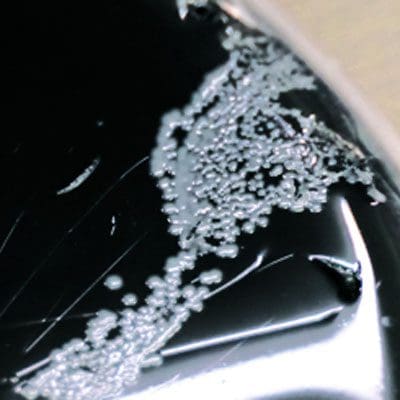
Get A Testing Quote
Legionella pneumophila
Structure and Physiology
This bacteria is a Gram-negative, flagellated aerobe that is nonencapsulated and pleomorphic. L. pneumophila is a facultative, intracellular parasite, meaning that while able to survive and replicate outside of a host, the natural resevoir of this microorganism is inside of free-living, ubiquitous ameoba, where it uses the host as an added barrier to environmental stressors. As an added function to this form of pathogenicity, when white blood cells of the human immune system take up L. pneumophila, it is able to evade the host immune system and replicate intracellularly uninterrupted.
Transmission and Disease
L. pneumophila is the primary pathogen of the Legionella genus, responsible for causing legionellosis and Legionnaire’s Disease, a form of pneumonia, by invading white blood cells. Inside of the cell, L. pneumophila surrounds itself with a membrane (Legionella-contaning vacuole) which will not fuse with the host’s natural bacterial degradation system; lysozomes.
Disinfection
This bacteria is generally found in still water, including cooling units, reservoirs, and swimming pools and is not transmissible person to person. The inhalation of Legionella-contaminated aerosols is the main mode of transmission to humans. Because of its prevalence in the environment and the threat of Legionairre’s disease, a precedent for disinfection data has recently come to light.
Notes
Effector proteins are secreted by pathogenic bacteria to subvert and regulate the biological activity of the host. L. pneumophila utilizes a type-IV a secretion system which allows for the deliverance of macromolecules such as proteins and single-strand DNA across kingdom barriers for pathogenesis.
Reference
- Segal, Gil, Michal Feldman, and Tal Zusman. “The Icm/Dot type-IV secretion systems of Legionella pneumophila and Coxiella burnetii.” FEMS microbiology reviews 29.1 (2005): 65-81.
Share

